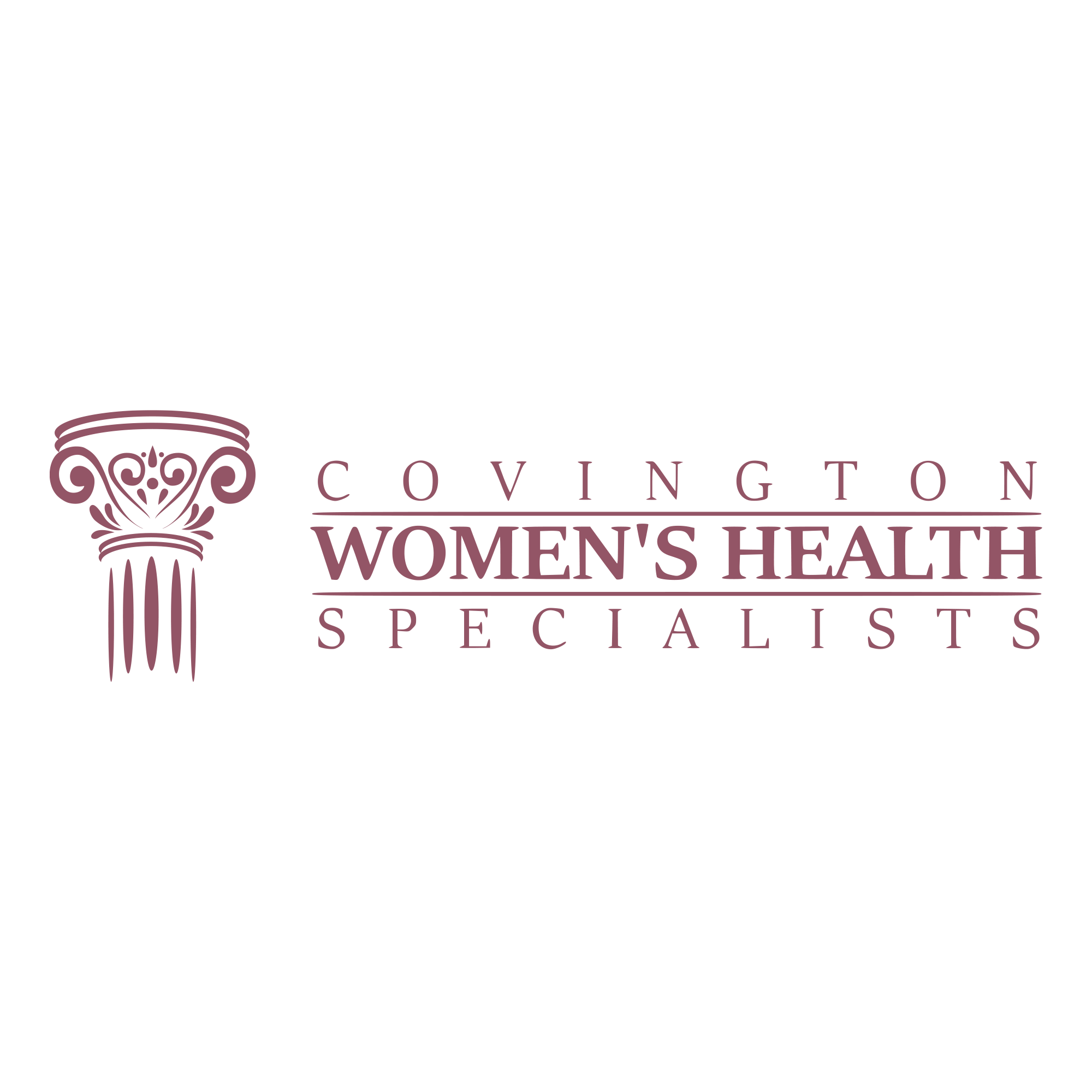How Pregnancy Can Impact Your Skin
When you’re pregnant, so much changes in your life and in your body. While the way your belly grows might be the most obvious difference, your skin also experiences a lot of shifts. From breaking out heavily to becoming a totally different type of skin, every woman experiences skin changes during pregnancy differently.
If you’d like to learn more, the experts at Covington Women’s Health Specialists are digging into how pregnancy can impact your skin below.
The Famous Pregnancy Glow
Many women experience what’s called pregnancy glow, when a pregnant person’s skin seems to be luminous. Experts believe this is due to the increased hormones, oil, and also blood volume.
Enjoy this time and treat your skin gently! And know that when things go back to normal, your skin will be just as beautiful.
Stretch Marks
Your body is growing to make room for the fetus. Stretch marks are an absolutely normal and expected part of pregnancy! They most usually appear around your abdomen, hips, butt, thighs, and breasts after your skin has stretched to cover the expanding parts of your body.
While some creams and products can help lessen their appearance if your stretch marks are really bothering you, they can’t treat them fully. We recommend understanding they’re natural and that there’s nothing wrong with these marks.
Breaking Out
When you’re pregnant, your progesterone levels increased, which means more oil production for your skin. This often leads to breakout, no matter your age when you’re expecting!
However, it can be difficult treating this issue as many products for acne control can have products that might lead to birth defects. Don’t pick your skin! And do not use creams with retinol, retinoids, or salicylic acids. Instead, use benzoyl peroxide, wash gently and consider natural essential oils such as sea buckthorn that has anti-inflammatory properties.
Additions to Your Skin
Many women experience changes in the appearance of their skin during pregnancy. This could mean moles growing in size or additional ones appearing, skin tags producing, and dark skin patches showing up, a condition called melasma.
Keep an eye on all these changes. For new moles, it’s always important to get them checked for potential skin cancer. For other issues, it’s best to let them develop and treat them after you give birth and are finished with breastfeeding. Speak with your dermatologist for the best course of action to do so!
Varicose Veins
Another impact of increased blood flow during pregnancy is varicose veins. These occur when the leg veins experience additional pressure and swelling. They appear to be darker and more obvious veins, sticking out on the skin of your legs.
How to beat this? Some of the changes are due to hormones which we cannot change during pregnancy, so change the things you can by avoiding excessive weight gain! Get up and start moving! Exercise boosts circulation and prevents blood from pooling in the legs. Choose healthy foods and control your portions. You are not eating for two grown-ups! As your midwife or doctor about a pregnancy meal plan that considers your pre-pregnancy weight.
If you have any more questions about how pregnancy can impact your skin, reach out to our experts by clicking here or giving us a call at 770-385-8954.






